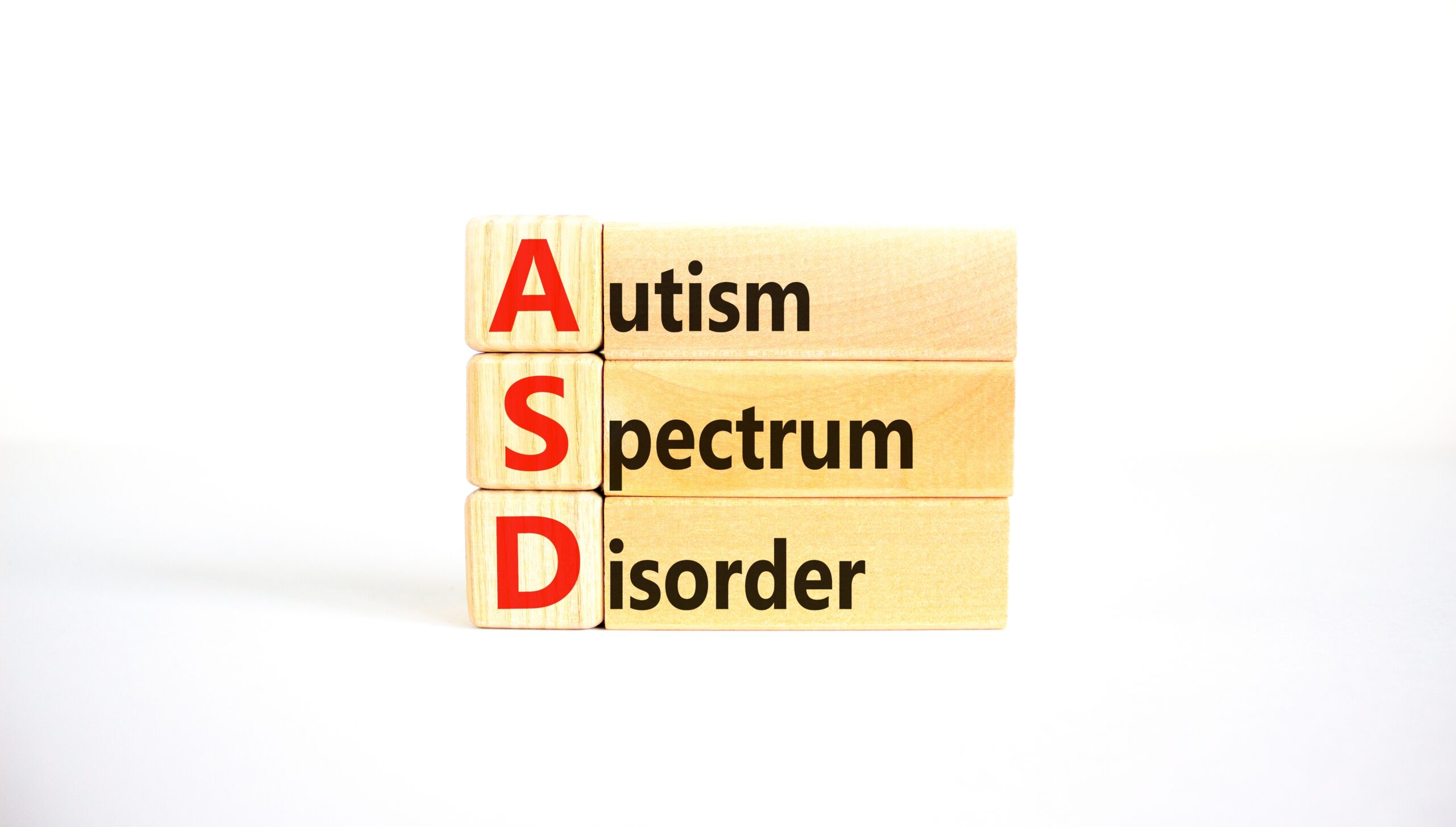As menopause approaches, the heart faces a ticking clock of change that can alter the course of a woman’s golden years.
At a Glance
- Menopause marks a significant risk period for cardiovascular disease in women.
- Estrogen decline during menopause affects blood cholesterol levels.
- Early interventions can reduce long-term heart disease risk.
- Hormone therapy presents both risks and potential benefits.
The Hidden Heart Risk of Menopause
Menopause, often celebrated as a liberation from monthly cycles, hides a secret: it’s a time when the heart needs extra attention. As many women reach their late 40s to early 50s, the decline of estrogen—a hormone that shields the heart—starts to unveil potential threats. Recent studies underscore the perilous dance of cholesterol levels during this period, with LDL levels rising and HDL taking a nosedive. This lipid tango significantly raises the risk of cardiovascular disease, a leading cause of death among women that’s often overshadowed by its mischaracterization as a “man’s disease.”
Watch: At what age does cardiovascular risk increase for menopausal women?
As if that weren’t enough, the period known as perimenopause—a sort of hormonal prelude—pushes the heart into an even more vulnerable state. Research reveals that heart disease risk doesn’t wait for menopause to complete its course; it ramps up during this transitional phase. This means that as estrogen levels waver, women’s cardiovascular health may be in jeopardy before they even hit menopause. The spotlight is now on early intervention strategies, urging women to start monitoring their heart health well before menopause fully takes hold.
Studies have shown that when a woman starts estrogen (or estrogen + progesterone) within 10 years of the onset of menopause, there is a ~25-50% reduction in fatal heart attacks and cardiovascular disease.
That's enormously significant, given that heart disease is the leading… pic.twitter.com/KOIDexS0nw
— Dr. Marty Makary (@DrMakaryFDA) July 17, 2025
Lifestyle’s Role in Heart Health
The American Heart Association’s “Life’s Essential 8” reminds us that health isn’t just about numbers on a chart—it’s about the choices we make every day. Unfortunately, only one in five menopausal women hit the mark on these essential health metrics. Sleep, blood pressure, blood glucose, and smoking habits top the list as predictors of future heart woes. So, while menopause might not be a choice, these lifestyle factors certainly are. The call to action is clear: know your numbers, and make changes where it counts—because the heart doesn’t wait.
The debate over hormone therapy adds another layer of complexity. Once heralded as a panacea for menopausal symptoms, recent data suggests a modest increase in cardiovascular disease risk with its use. This revelation has put a spotlight on the need for individualized risk assessments. While hormone therapy can alleviate menopausal symptoms, it’s not a one-size-fits-all solution. Women and their healthcare providers must weigh the benefits against the potential risks, making informed decisions that align with personal health goals and concerns.
The Path Forward: Awareness and Action
Heart disease prevention in menopausal women has moved beyond the realm of medical necessity—it’s now a public health priority. With one billion women expected to be in perimenopause or postmenopause by 2025, the need for awareness, screening, and preventive measures has never been more urgent. Clinicians are increasingly focused on cardiovascular screening for women in their 40s and 50s, emphasizing lifestyle modifications such as diet and exercise. These proactive steps not only promise to reduce cardiovascular disease incidence but also offer a brighter, healthier future for millions of women globally.
The ripple effects are significant. On an economic level, reducing cardiovascular disease in women could lower healthcare costs and improve workforce participation. Socially, it helps dismantle the stigma around menopause, empowering women to embrace this life stage with confidence. Politically, it strengthens the case for increased funding and research dedicated to women’s health, ensuring that their unique needs and risks are no longer an afterthought.








